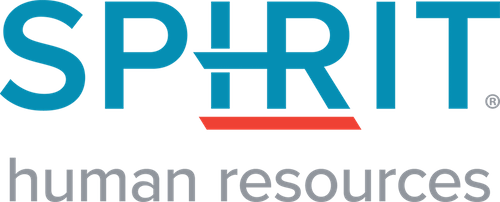Top 3 Preventable Workplace Accidents

With over 4.3 million medically-consulted injuries in 2016 and over $150 billion in associated costs, we should all be asking one question. Can accidents be prevented? Theoretically, yes, all accidents are preventable. But unless you have absolute power over all things and unparalleled clairvoyance, the reality is much less definitive.
The good news? Although not ALL accidents are preventable, there are clear actions that you can take to minimize the risk for the most common types of workplace accidents.
1. Overexertion & Bodily Reaction
Injuries in this category are most often non-impact injuries such as tendonitis, sprains, strains, and tears.
Over-exertion injuries are the result of using excessive physical effort to accomplish work tasks such as pulling, lifting, pushing, holding, carrying and throwing.
Reaction injuries tend to be due to repetitive motion microtasks. Microtasks don’t usually take much strenuous effort. But, because of their frequency result in stress or strain on some part of the body.
TAKE ACTION: Train employees to:
- properly perform physical tasks,
- utilize equipment for assistance, and
- take ample rest breaks to prevent overexertion.
When repetitive tasks are required:
- utilize ergonomic workstations and
- train employees on proper positioning and stretching.
2. Contact with Objects & Equipment
Injuries in this category tend to be more severe and are more common in industrial and construction workplaces.
This category can include events such as falling debris striking a worker, loose clothing, unbound hair or fingers getting caught in machinery or a forklift accident.
TAKE ACTION:
- store and stack materials in a safe secure manner,
- place caution signs where debris may fall,
- provide protective barriers on equipment,
- provide and require proper personal protective equipment (PPE), like hard hats or eye protection,
- encourage employees to be mindful of safety,
- establish and train on best practices and proper operating procedures.
3. Slips, Trips & Falls
Slipping on wet floors or tripping over foreign objects or uneven surfaces can cause a variety of injuries. And falls from heights like ladders, roofs and stairways can be fatal.
TAKE ACTION: Make good housekeeping a priority in the workplace.
- place non-slip rugs at entrances and exits,
- clearly mark (or repair) uneven surfaces,
- ensure all employees working at heights are properly trained and
- use appropriate fall protection equipment.
The backbone of a good safety program is prevention. As an employer, it’s important to assess potential hazards in your workplace and act to address them. It’s equally important for employees to take ownership of their own safety. Employees who perceive that management takes their safety seriously are more likely to ask questions and report dangerous situations. Safety conscious employees elevate your prevention efforts to the next level.
Latest Blogs from Spirit HR
Culture by Design: How to Build a Company People Don’t Want to Leave
Culture by Design: How to Build a Company People Don’t Want to Leave When most people think about company culture, they think about ping-pong tables, snack bars, and casual Fridays. But real culture — the kind that makes people want to stay, grow, and thrive — runs...
Are You Wasting Money on HR? The Hidden Costs of Payroll, Benefits, and Compliance
The Hidden Costs of Managing HR the Old Way Many business owners believe they can’t afford a PEO (Professional Employer Organization). The truth? They’re already spending the money—but in an inefficient way. Most businesses rely on multiple HR service providers to...
Experience the New and Improved Spirit Connect
Running a business is hard—but managing HR doesn’t have to be. At Spirit HR, we are committed to making workforce management simpler, more efficient, and more intuitive for our clients. That’s why we’re excited to introduce new technology upgrades to Spirit Connect,...
